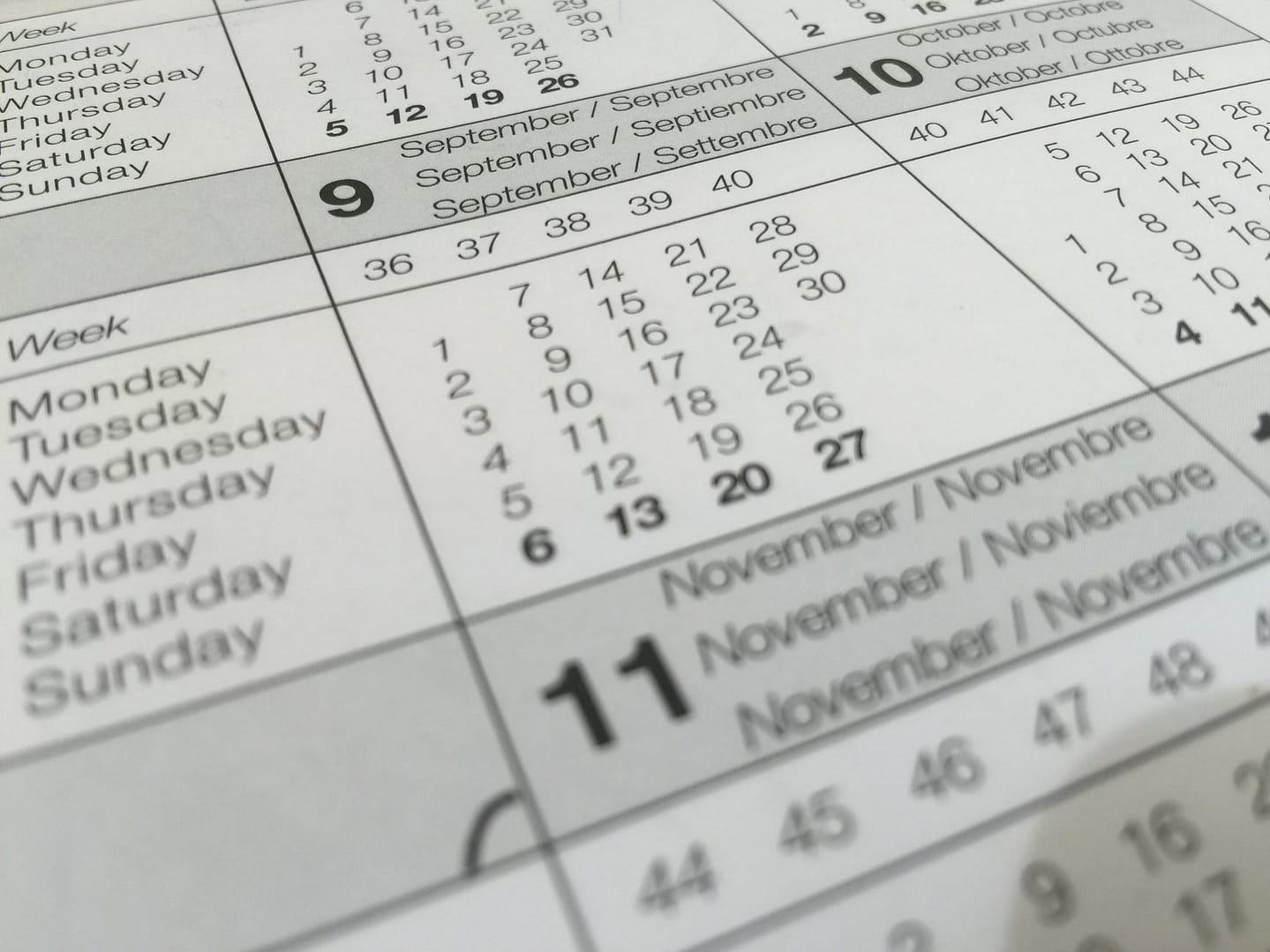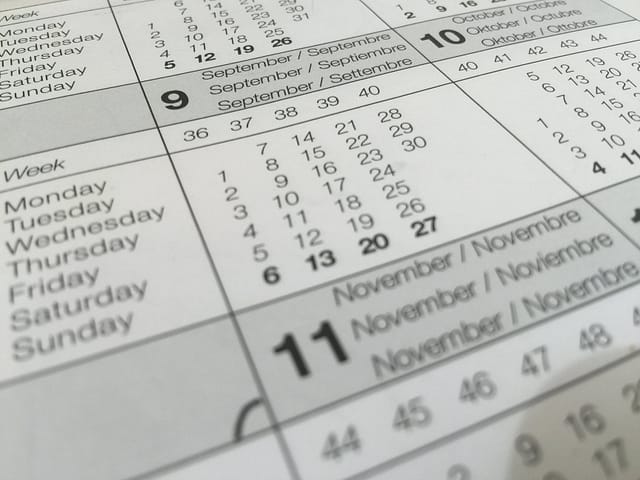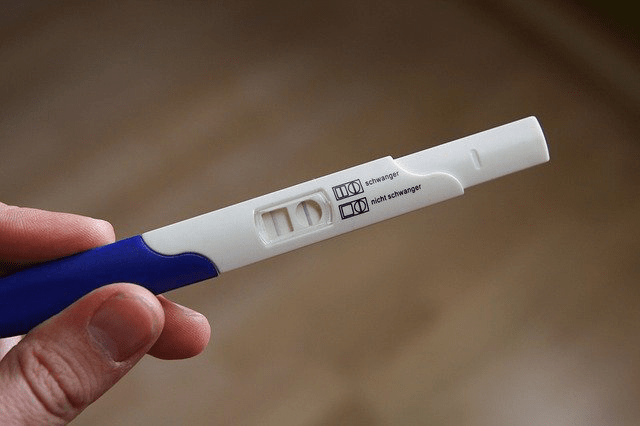
Bleeding In Between Periods: 12 Reasons You May Unaware Of

The bleeding in between periods is called intermenstrual bleeding, metrorrhagia or spotting. This problem is quite common among women, and a considerable percentage of women visiting the gynaecologist suffer from abnormal bleeding.
When bleeding in between periods occur, there can be many causes. In most of the cases, the bleeding in between consecutive periods is usually harmless. However, if you are experiencing heavy bleeding between every period, having pain during intercourse or pelvic pain, these can indicate an underlying health condition requiring medical attention.
There are some underlying causes which can indicate a severe underlying medical condition. If you experience heavy bleeding between periods regularly or heavy bleeding, it’s essential to consult your doctor to diagnose the actual cause and its treatment. Below are mentioned the potential causes of abnormal bleeding in between the periods.
Ovulation
Ovulation is the term used to release an egg from the uterus during the monthly menstrual cycle. Some women experience bleeding when an egg is released from the ovaries. The release of an egg can cause one-sided pain in the pelvic area medically termed as Mittelschmerz.
Pregnancy

Unexpected bleeding in between two periods can happen due to complications in pregnancy. If you expect to have a pregnancy and have irregular bleeding, it’s better to consult a health practitioner. A miscarriage or an ectopic pregnancy can be a reason of intermenstrual bleeding. An ectopic pregnancy is the implantation of a fertilised egg in the fallopian tube instead of a uterus. Whatever may be the reason, if you have a bleed during pregnancy, immediately rush to the hospital.
Uterine Fibroids
Uterine fibroids are non-cancerous growths of muscles tissues that form in the walls of the uterus. The fibroids are sometimes a common cause of heavy periods, pain and bleeding in between periods.
Infections
Vaginal bleeding in between periods indicates the presence of an infection in your reproductive organs. The common infections include
- Sexually transmitted infections
- Chlamydia infection
- Vaginal douching
- Pelvic Inflammatory disease
- Intercourse
- Gonorrhoea
The infections cause pelvic pain, pain during urination and vaginal bleeding in between periods.
Peri-menopause
Bleeding in between periods can occur, leading to the menopause when ovulation stops occurring on a cyclic period. It is sometimes difficult to understand what is a period and what is intermenstrual bleeding. Women over the age of 45 with irregular bleeding between the periods regularly should see their doctor.
Atrophic Vaginitis
Vaginal tissue becomes thin, dry, inflammatory and delicate before and after the menopause because of low levels of oestrogen hormone in the body. This condition is called atrophic vaginitis, causing superficial bleeding from the walls of the vagina in between the regular menstrual bleeding cycle.
Medications

Certain medications and herbal products sometimes affect the effectiveness of hormonal contraceptives and therefore cause intermenstrual bleeding. Examples include
- Antibiotics such as rifampicin
- Anti-epileptic medications
- St John’s wort
- Blood-thinning medicines (anticoagulants) are also more likely to experience bleeding between consecutive periods.
Cervical Ectropion
Cells that are usually deep inside the cervix may appear on the outer surface. They are softer and very delicate, causing vaginal bleeding in between periods and post-coital bleeding. The problem is more common in pregnant women and in those who are using contraceptive pills or devices that contain oestrogen only. Areas of ectropion do not turn into cancer.
Polyps
Polyps are overgrowths of tissue, which can develop in different places in the body. These growths from the cervix, vagina, and endometrium (lining of the womb) can cause bleeding in between periods. Polyps are mostly benign and harmless, but some can convert into cancer.
Cancers
Bleeding between periods can be caused by cancer of the cervix, endometrial cancer and ovarian cancers. Cervical cancer is sporadic before the age of 20 and is most common in women between the ages of 35 and 45. Endometrial cancer is most common in women after menopause.
Hormonal Imbalance

Oestrogen and Progesterone are the two female hormones that regulate your menstrual cycle. You may have bleeding in between periods if they get out of balance. The following disorders can affect your hormone balance:
- Dysfunctional ovaries
- Thyroid gland disorder
- Starting or discontinuing birth control pills
As mentioned above, some women bleed during ovulation due to a change in hormones. At the start of taking any hormonal contraceptive, abnormal and unexpected bleeding is common during the first three months. According to the National Health Services of the United Kingdom. These contraceptives include:
- Birth control pills
- Intrauterine devices
- contraceptive patch
- contraceptive implant or injection
Other Rare Causes
Other possible although some rare causes of bleeding in between periods include:
- Accidental insertion of an object causing damage to the vagina
- Shear stress
- Diabetes
- Thyroid disorders
- Sudden weight gain or loss
Diagnosis of Vaginal Bleeding in Between Periods
If you’re experiencing vaginal bleeding from an unknown cause, then it’s mandatory to consult a doctor. It is better to keep the questions of these answers.
- Take note of when your periods begin and end
- How much you bleed in between periods
- Heaviness and duration of your flow
The diagnosis will be made on the answers to the above questions. A doctor will feel the abdominal area with a hand and then perform a vaginal examination. The vaginal examination can be done with fingers or a speculum for opening the cervix for an internal assessment. Other ways of diagnosing and establishing the cause of abnormal vaginal bleeding by
- Vaginal swabs.
- Cervical screening (smear) test
- Blood tests – to rule out the possibility of developing anaemia if bleeding in between periods is heavy.
- Ultrasound scan
- Colposcopy – examination of the cervix.
- Hysteroscopy – looking inside the uterus using a camera.
- Draw blood to check hormone levels
- Biopsy (have cultures taken or tissue removed from your cervix or the lining of your uterus for testing)
However, it is vital to find the cause such as pregnancy, infection, and cancer to start an appropriate treatment plan.
How to Prevent Bleeding in Between Periods
It can be challenging to prevent bleeding between periods depending on the cause. However, in some cases, preventive measures can be adopted, which can make a positive difference.
- Maintaining a healthy lifestyle and an average weight because being overweight can help as Obesity can lead to abnormal periods.
- If you take birth control pills, strictly follow the health professional’s instructions to avoid a hormonal imbalance. Moderate exercise can help to maintain good health and alleviate stress.
- To manage pain, use over the counter painkillers such as ibuprofen or naproxen, which can reduce bleeding in between periods. Avoid taking aspirin as it can increase the risk of bleeding.
What to Consider about Vaginal Bleeding in Between Periods?
In some women, the abnormal bleeding in between periods will resolve on its own. However, for many others, the underlying problems need proper medical treatment. Ignoring the problem and avoiding visiting a doctor or hospital may lead to health complications by worsening minor required health treatment. If the cause of the intermenstrual bleeding is an infection, cancer, or any other reproductive severe health disorder, the consequences could be life-threatening for a woman.
Sources:
- Mayo Clinic Staff. (2016, April 16) Vaginal bleeding: Definition
- mayoclinic.com/health/vaginal-bleeding/MY00209
- Mayo Clinic Staff. (2016, April 16) Vaginal bleeding: Causes
- mayoclinic.org/symptoms/vaginal-bleeding/basics/causes/sym-20050756
- What causes bleeding between periods? (2016, March 11)
- nhs.uk/chq/Pages/976.aspx?CategoryID=6
- Menstruation and the menstrual cycle. (2017, January 4)
- womenshealth.gov/publications/our-publications/fact-sheet/menstruation.html
- Abnormal uterine bleeding. (2017, March)
- acog.org/Patients/FAQs/Abnormal-Uterine-Bleeding





